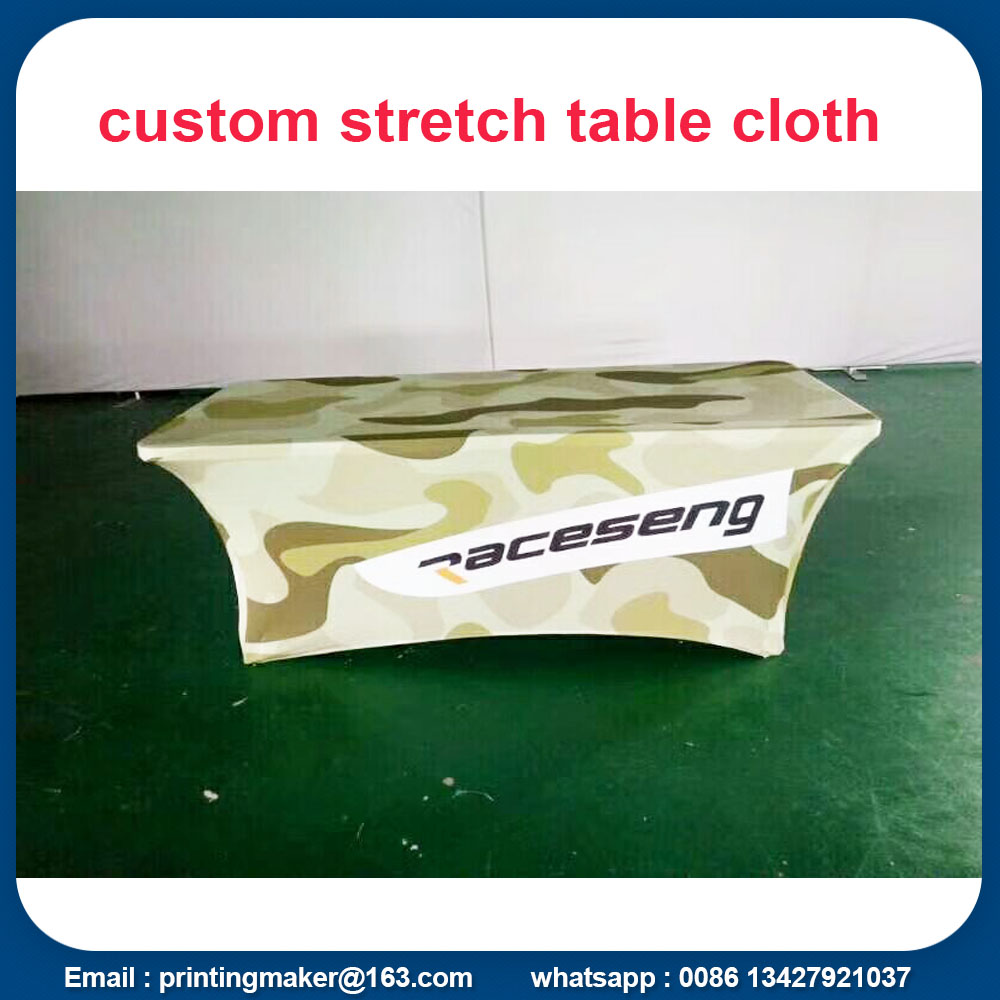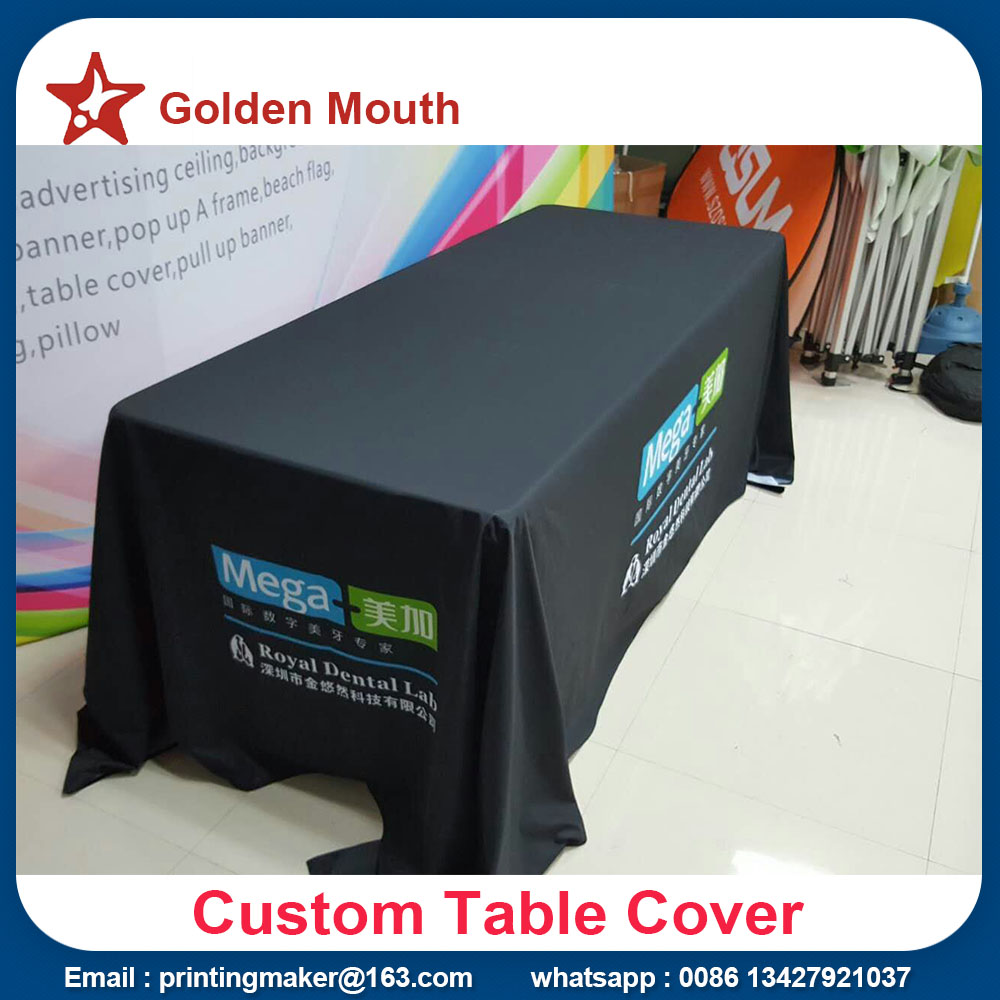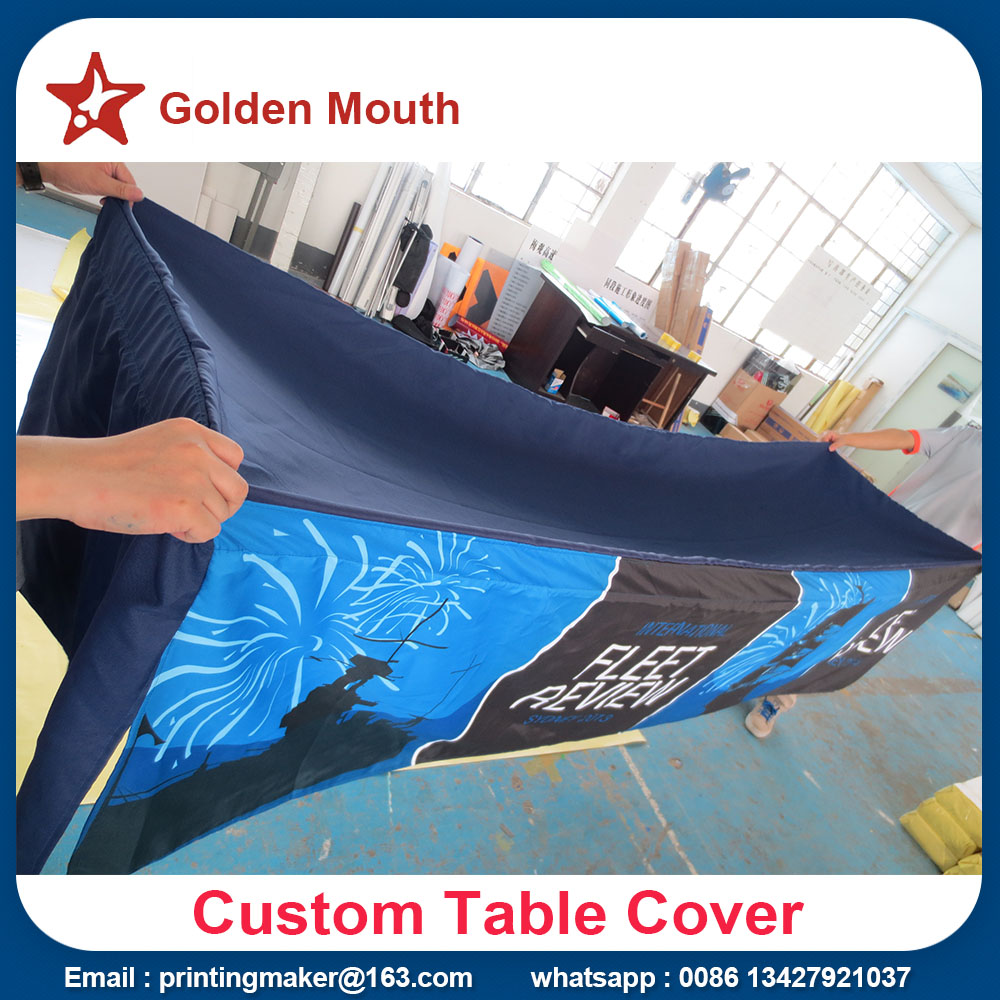In current high-end packaging cartons, in order to improve the effect of packaging printing, the surface brightness of the packaging box is often increased. One of the common practices is to use specialty papers, such as gold and silver cardboard, to print on such paper in order to obtain For higher gloss, transparent ink is often used for printing. Next, the author discusses the printability of clear ink.
Transparent ink features
The clear ink is an ink made entirely or mostly of a colorant using a dye. The hiding power is very low and the transparency is extremely high.
Hue
As the transparency of the transparent ink is very high, the aluminum plating film is generally compounded after printing, so that the luster of the aluminum film and the luster of the ink are combined with each other to reflect more vivid colors. Moreover, products printed with clear ink, from different angles of view, there will be more obvious changes in the hue, the difference observed under different light sources will be greater. Therefore, in the deployment of this type of ink, we must understand what the customer compound material, in order to deploy the same process ink, and in a similar environment to observe the hue of the ink. For example, the hue of some inks before compounding is very close to that of standard ones, but the hue after compounding may be very different. Conversely, some hue after ink printing has a certain gap with the standard, but the hue after compounding is closer to the standard. The hue of transparent ink is very laborious, so it is very important to understand the customer's process.
transparency
The transparency of the clear ink is determined by the dye (pigment) and the binder (including the additive), and the former plays a major role, while the latter has little effect. For polyurethanes, polyamides, and chlorinated polypropylenes, inks made from these common types of resins have higher transparency. In general, inks with dyes as colorants have higher transparency than those with pigments as colorants. Sometimes due to other needs, some pigments will be mixed in the dye, and the transparency of the ink will be reduced.
Residual solvents and odors
Careful operators will notice that the drying speed of transparent ink is obviously slower because the transparent ink has a low solid content (because the dye has a higher color concentration than the pigment, so the amount does not need to be too much) and the solvent content is high, so it is necessary to Dry conditions are controlled, otherwise it is easy to cause excessive residual solvent and produce odor. In severe cases, after compounding, the solvent will slowly penetrate into and spread around, causing discoloration of other colors. Therefore, when using such a transparent ink, it is necessary to pay attention to the control of the solvent ratio and the printing speed, and then put it into a curing chamber at about 40° C. for aging for more than 10 hours.
Dissolution of clear ink by adhesive
The dyestuffs used in clear inks are completely soluble in organic solvents, so when the prints come in contact with the compounding adhesive, the solvent in the adhesive dissolves the clear ink on the prints more or less. Increasing the compounding speed or increasing the viscosity of the adhesive can alleviate this problem to some extent, but it is only a temporary solution. In addition, if the transparency is allowed to be properly reduced, a part of the pigment may be added to the dye to make a transparent ink, which also has a certain improvement on the problem of the dissolution of the clear ink. In addition, in response to the above difficulties, some ink factories have developed transparent inks that are completely insoluble in alcohol-soluble adhesives and have been applied to some printing materials. It is believed that insoluble ester-soluble adhesives will be developed in the future. Adhesive transparent ink.
Peel strength
Transparent ink printed products often suffer from poor peel strength when composite aluminized films are used. Why is this? In fact, not only is there a problem with clear inks, when printing with other inks, if the white ink substrate is not printed, the peel strength will be poor after the composite aluminized film (especially VMCPP). This process is rarely used when printing with other inks, so poor peel strength is rarely observed. Of course, this does not mean that all composite inks have this problem.
Common problems in printing
Transparent ink caking phenomenon
Main reasons and solutions: This phenomenon usually occurs when the temperature is low. In this case, the ink should be heated at room temperature of 35°C.
In short, misalignment of solvents, improper control of quality, or process failures are all very likely to cause many failures, so every aspect cannot be sloppy. In the use of transparent ink printing, in order to obtain the desired results, all aspects must be strictly controlled, and according to the actual situation of printing choose the right ink.
The gloss is not very high after printing
The main reasons and solutions for this phenomenon are:
1. The transparency of the ink itself is poor, and the ink with good transparency should be replaced.
2. When the solvent volatilization is too fast during printing, the degree of drilling is too low. A suitable slow-drying solvent should be selected according to the need to inspect and improve the ink drilling.
3. The uniformity of the aluminum plating layer is poor, resulting in poor reversal of gloss. Replace the aluminum plating film and ensure that the surface is uniform and free of pinholes.
4. The squeegee angle is too large, and the printing plate has a shallow mesh point to be adjusted to control the angle of the squeegee. Generally, the angle should be controlled at about 35 degrees.
Annoying "pitting" phenomenon
Careful observation of the flashing effect reveals a pinhole in the surface as if it were not printed. The main cause and solution to this failure are:
1. The surface of the embossing roller is not fine enough, or there are foreign matter such as dust, which causes the ink to be thick enough here. Check whether the embossing roller is dirty, clean the surface, check the quality of the roller, and replace the qualified roller.
2. Plasticizers, lubricants, etc. contained in the film float to the surface, preventing normal transfer and lubrication of the ink. Before printing, plastic film is preheated and prepressed, and the film is heated and printed. If not, replace the appropriate plastic film.
3. Insufficient ink rheology, rapid drying, or lack of drilling agent cause ink transfer and poor wet adaptability. The ink titer should be reduced appropriately and a slow-drying solvent should be used.
4. The printing pressure is too small. The printing pressure can be appropriately increased, and the printing pressure (generally about 4 kg) is controlled.
5. The problem of printing plate or embossing roller (expressed as regular pitting). The plates and impression rollers should be carefully inspected for defects. If any, reprint or replace the rollers.
Printing ink selection principle
Consider the suitability of the material
For example, the printed transparent ink must be selected when printing the printed aluminum film, and the printed transparent (composite) ink should be used when printing the BOPP thin film. Therefore, the type of printing materials determines the type of ink used. Even the same type of thin film material often varies depending on the type and grade. In addition, printing with clear ink generally does not use a white bottom underneath the color case, because white plays a role in extinction, which greatly reduces its use effect and value. Relatively speaking, the transparent ink printing color is thinner by 0.01mm than the white ink pad bottom.
Take customer-provided proofs as an important basis
The selection of clear inks includes hue and color, and if a spot color transparent ink is to be dispensed, the manufacturer must be consulted. Because the deployment of transparent ink spot color is different from the general spot color ink, the difficulty is obviously higher than that of opaque ink.
Taking into account the actual situation to consider the choice of objects
According to the actual situation and the use of the packaging to select the appropriate transparent ink, such as packaging prints high temperature resistance, light resistance, penetration resistance and other parameters, these must be included in the consideration of the choice. In addition, transparent ink printing in order to obtain high brightness and vivid colors can not be separated from the aluminum film or aluminum foil, aluminum foil and other materials. Because the transparency of the transparent ink is extremely high, it will change with the aluminized film or directly printed on the above materials to reveal the gloss and color of the metal, so that the yellow is more yellow, the green is more green, the red is redder, and the effect is better.
Our tablecloths are produced from knitted polyester,240g stretch fabric ,600D oxford fabric, and are dye sublimation printed or digital printing . We print full color onto the table covers, any color we can print on it with CMYK color .And the tablecloths are washable ,you can use them for times.
The common dimensions of our table throw as below :
4ft standard table throw : 48*29 inches
6ft standard table throw : 72*29 inches
8ft standard table throw : 96*28 inches
Style of our table throw :
1. Stretch Tension Fabric Table Throw

2. Draped Table cover :

3. Fitted Table Cover :

All of our table covers can be custom graphic printing (inc logo ,brand ,product ,service ect) !
Custom Printed Table Covers,Printed Table Covers,Custom Table Covers,Custom Tablecloths
Golden Mouth Advertising (H.K)Co.,Ltd. ( Jie Da Advertisement Co.,Ltd) , https://www.advertisingflagbanners.com